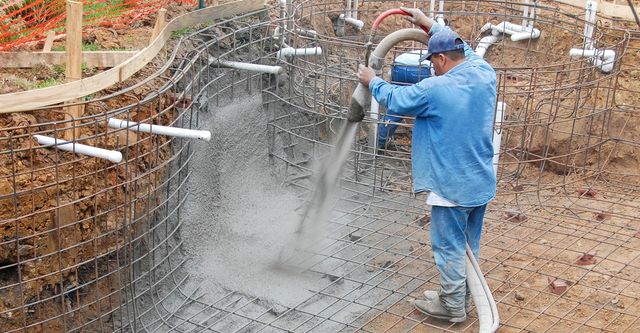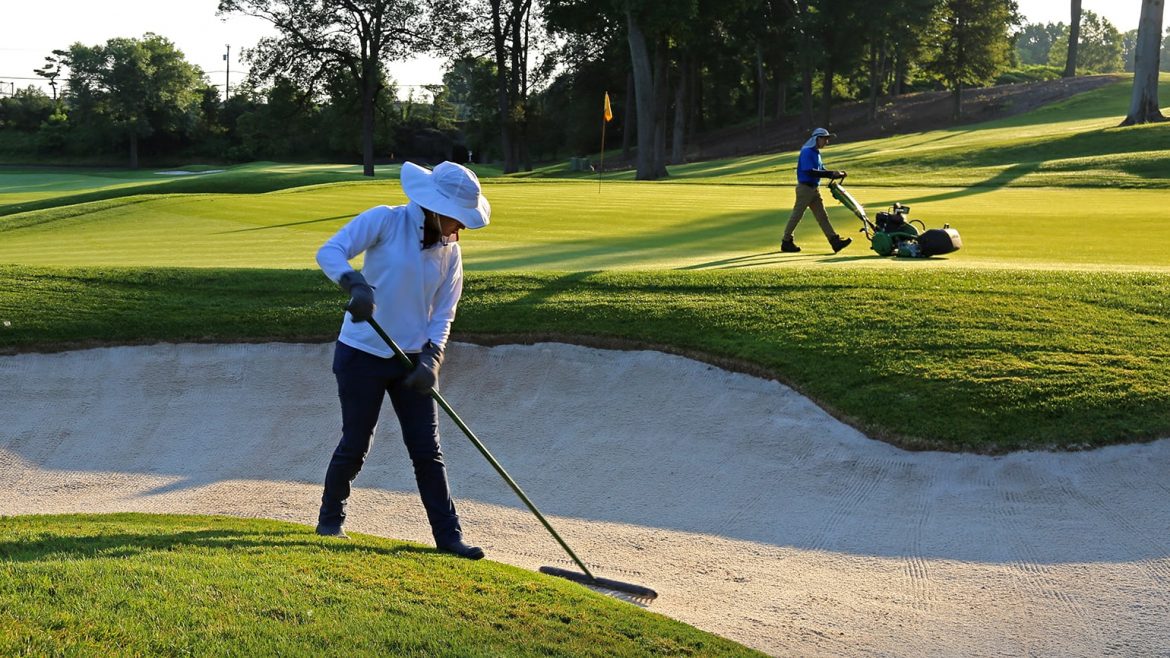Streamlining Project Management with Trello
Background:
A mid-sized marketing agency was facing challenges in coordinating projects across its distributed team. Communication gaps, missed deadlines, and difficulties in tracking project progress were hindering overall efficiency.
Solution:
The agency adopted Trello, a cloud-based workflow management solutions known for its user-friendly interface and collaborative features. The team created boards for each project, with task cards representing individual assignments. The drag-and-drop functionality simplified task assignment, and real-time updates and comments facilitated seamless communication.
Results:
Within weeks of implementation, the agency witnessed a significant improvement in project management. The team reported better collaboration, reduced turnaround times, and increased visibility into project statuses. Trello’s flexibility allowed the agency to tailor workflows to specific project requirements, leading to a 20% increase in overall project efficiency.
2: Enhancing Cross-Departmental Coordination with Asana
Background:
A large manufacturing company faced challenges in coordinating workflows across multiple departments. The lack of a centralized system led to delays, miscommunication, and inefficiencies in resource allocation.
Solution:
The company opted for Asana, a cloud-based workflow management solution known for its scalability and collaboration capabilities. Asana’s project views and timelines allowed different departments to visualize and align their workflows. Integration with existing tools, such as Microsoft Teams, facilitated seamless communication.
Results:
The implementation of Asana resulted in a more cohesive work environment. Cross-departmental communication improved, and teams were able to collaborate on projects more effectively. The company experienced a 15% reduction in project completion times and a notable increase in resource utilization efficiency.
3: Adapting to Growth with Monday.com
Background:
A rapidly growing tech startup faced challenges in adapting its workflow processes to accommodate the expanding team and evolving project requirements. Traditional project management methods were proving inadequate for the dynamic nature of their work.
Solution:
The startup integrated Monday.com, a cloud-based workflow management solution praised for its adaptability and automation features. The platform allowed the team to create custom workflows, automate routine tasks, and scale operations effortlessly. Integration with popular collaboration tools like Slack enhanced team communication.
Results:
Monday.com played a pivotal role in supporting the startup’s growth trajectory. The team experienced a 30% increase in overall efficiency, and the platform’s flexibility allowed them to pivot quickly in response to changing project demands. Automation features significantly reduced manual workload, enabling the team to focus on strategic initiatives.
Conclusion:
From improved project management to enhanced cross-departmental coordination and scalable growth, workflow management solutionshave proven instrumental in navigating the complexities of modern workflows, ultimately leading to increased efficiency and productivity.













